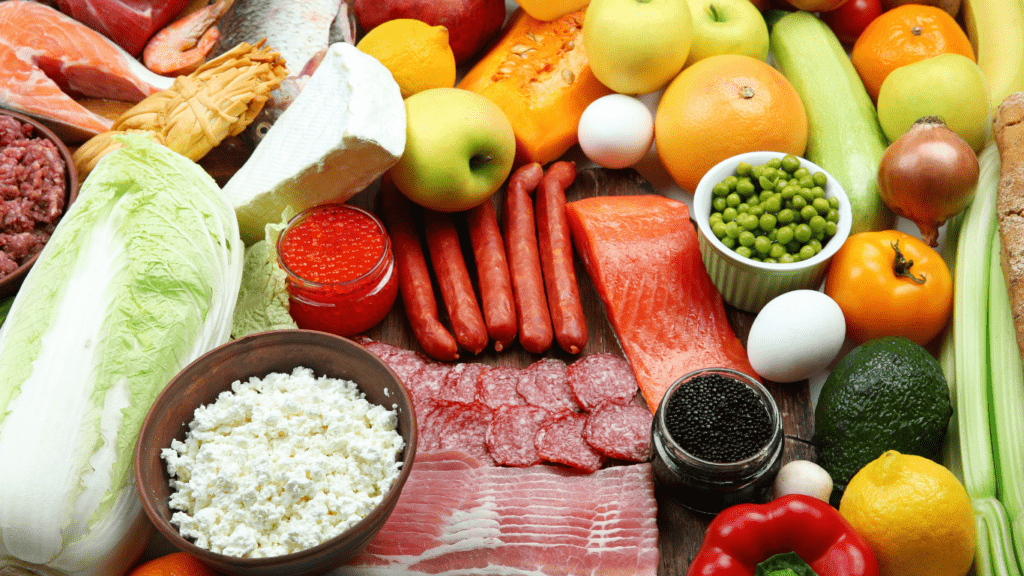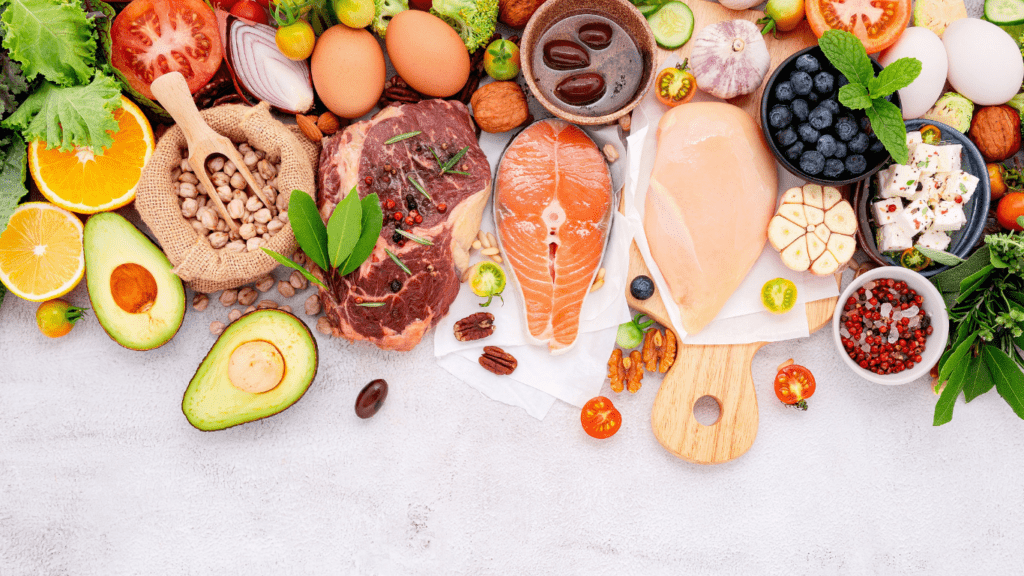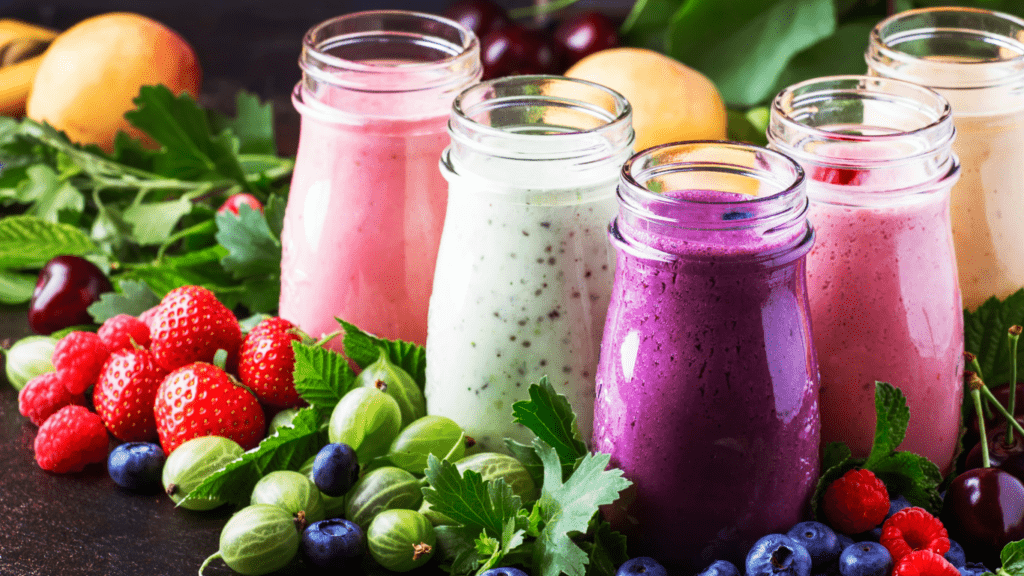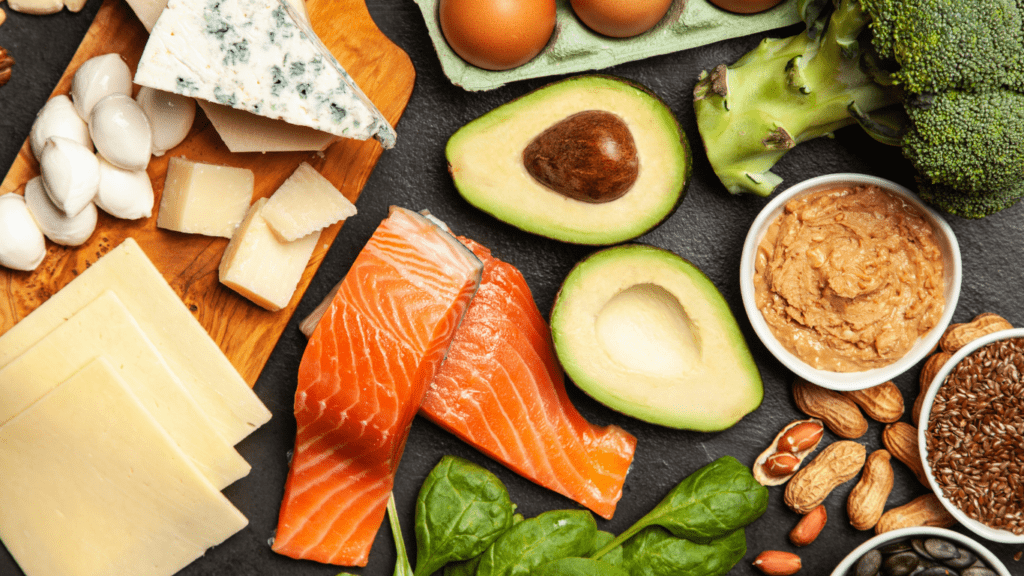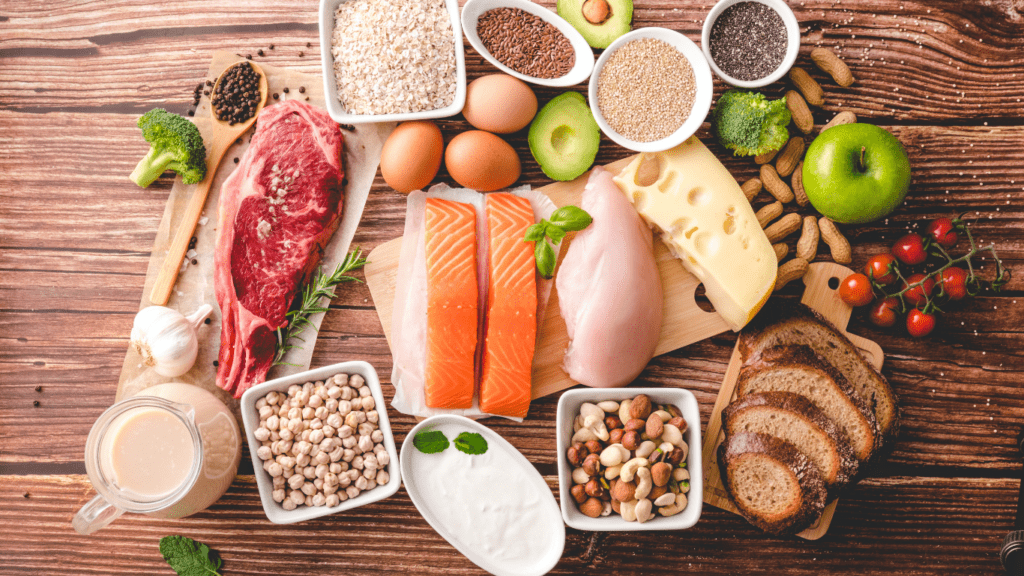I’ve always been fascinated by how the right foods can transform the way we feel, think, and recover. For biohackers like me, optimizing recovery isn’t just about rest—it’s about fueling our bodies with the nutrients they need to repair, recharge, and thrive. Food isn’t just fuel; it’s a powerful tool to unlock peak performance and faster recovery.
Understanding Biohacking and Recovery
Biohacking involves strategically altering lifestyle and diet to improve the body’s performance. Recovery serves as a critical component, allowing the body to rebuild, repair, and adapt after physical or mental exertion. While rest is essential, optimizing recovery extends to deliberate choices in nutrition, hydration, and environment.
I focus on recovery by addressing inflammation, repairing tissue, and replenishing depleted energy stores. Foods rich in antioxidants, proteins, and essential vitamins become tools for this process. Recovery-driven nutrition not only supports physical repair but also enhances brain health and stress resilience.
Tracking biomarkers like inflammation levels, sleep quality, and energy output guides biohackers in tailoring their recovery strategies. Together, biohacking methods and nutrient-dense foods provide an actionable blueprint for improved health and performance.
The Role of Nutrition in Recovery
Nutrition directly impacts the recovery process by helping the body repair tissue, reduce inflammation, and restore energy. Incorporating specific nutrients can accelerate healing and optimize performance.
Essential Nutrients for Healing
Certain nutrients support cellular repair and tissue regeneration during recovery.
- Proteins ensure muscle repair and growth by providing amino acids. I include lean meats, eggs, or plant-based options like tofu and lentils in my meals.
- Omega-3 fatty acids lower inflammation, allowing quicker recovery. I rely on fatty fish like salmon or incorporate chia seeds and walnuts.
- Antioxidants protect cells from oxidative stress caused by exertion. I consume berries, dark chocolate, and green tea for their high antioxidant content.
- Vitamins C and D contribute to collagen synthesis and immune support. Citrus fruits, bell peppers, and fortified cereals help maintain these levels.
- Magnesium and potassium restore electrolyte balance and prevent cramps. I often add bananas, spinach, and nuts for these minerals.
Foods to Avoid During Recovery
Certain foods can hinder the recovery process by promoting inflammation or depleting energy.
- Refined sugars spike blood sugar and increase inflammation. I avoid sugary drinks, candies, and processed snacks.
- Trans fats impair healing by promoting chronic inflammation. I stay away from fried foods and baked goods containing hydrogenated oils.
- Alcohol disrupts metabolic processes necessary for recovery. I skip alcoholic beverages post-exertion to aid tissue repair.
- Highly processed foods lack beneficial nutrients while adding preservatives, negatively impacting recovery. Instead, I focus on whole, nutrient-dense options.
Key Insights from “Biohacker’s Blueprint: Fueling Recovery with Food”

Enhancing recovery through diet requires intentional choices that align with science-backed principles. Nutrient-dense, anti-inflammatory foods play a pivotal role in repairing tissues, reducing inflammation, and restoring energy.
Practical Tips for Fast Recovery
Tracking nutrients. Protein supports muscle repair, with lean meats, fish, and legumes being effective sources. Omega-3 fatty acids, such as those in salmon, walnuts, and flaxseeds, help reduce inflammation.
Prioritizing hydration. Water, herbal teas, and electrolyte-rich options, like coconut water, improve cellular function. Avoid sugary beverages, which may disrupt recovery.
Including essential vitamins. Vitamin C, found in citrus fruits and bell peppers, boosts collagen synthesis, while vitamin D from fortified foods or supplementation enhances immune function.
Balancing minerals. Magnesium-rich foods like spinach and almonds aid relaxation post-exertion, and potassium from bananas and sweet potatoes prevents muscle cramps.
Recipes and Food Suggestions
Protein-focused smoothie. Blend Greek yogurt, spinach, half a banana, flaxseeds, and unsweetened almond milk for a post-workout recovery drink.
Anti-inflammatory salad. Combine kale, quinoa, roasted sweet potatoes, walnuts, and olive oil with a lemon-vinaigrette for a nutrient-packed meal.
Omega-3 snack. Toast whole-grain bread, layer with avocado and smoked salmon, and add a sprinkle of chia seeds.
Mineral-packed soup. Prepare a broth-based soup with dark leafy greens, sweet potatoes, lentils, and turmeric for promoting tissue repair.
These recipes and tips integrate high-impact nutrients, enhancing biohackers’ recovery efficiency.
Benefits of a Biohacker’s Approach to Recovery
Approaching recovery with a biohacker’s mindset optimizes healing and performance. By focusing on individualized nutrition, biohackers precisely address the body’s needs, enhancing physical restoration and mental clarity. Data-driven choices, such as tracking inflammation markers and nutrient levels, provide measurable insights into recovery progress.
- Enhanced Physical Recovery: Foods rich in proteins (chicken, lentils) and omega-3s (salmon, walnuts) promote muscle repair and reduce inflammatory responses. These nutrients accelerate tissue healing and minimize downtime.
- Improved Mental Performance: Including antioxidants (berries, dark chocolate) and magnesium-rich foods (spinach, almonds) supports cognitive recovery. These nutrients combat oxidative stress and improve focus post-exertion.
- Sustained Energy Levels: Whole grains, sweet potatoes, and potassium sources (bananas, avocados) replenish glycogen stores and regulate electrolytes. This prevents fatigue and enhances endurance for sustained activities.
- Targeted Inflammation Reduction: Consuming anti-inflammatory options like turmeric, ginger, and leafy greens addresses chronic inflammation that slows recovery.
Harnessing nutrition alongside biomarker tracking refines strategies for faster, smarter, and more effective recovery.
